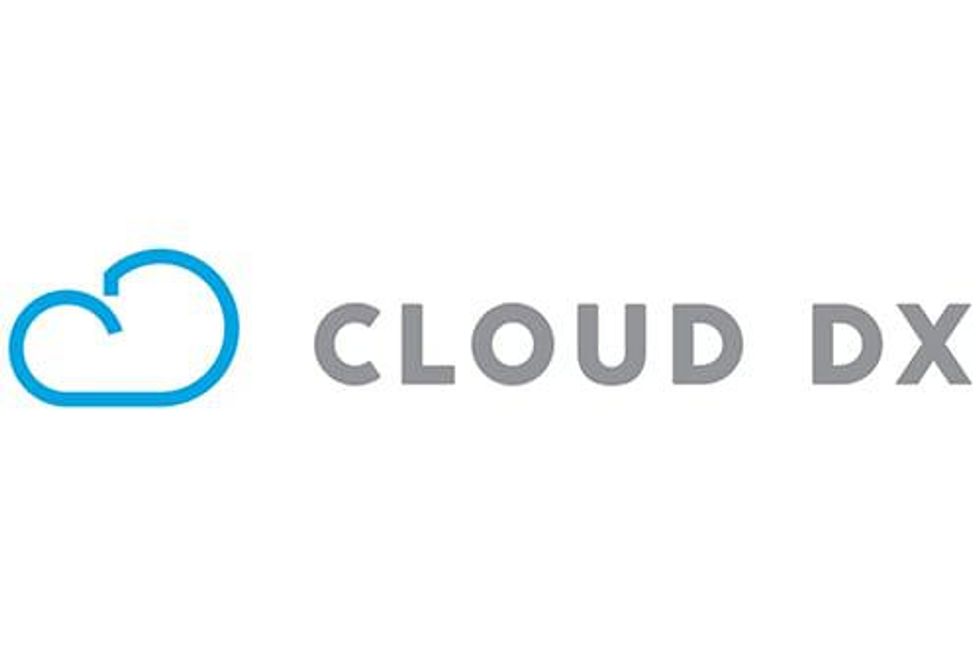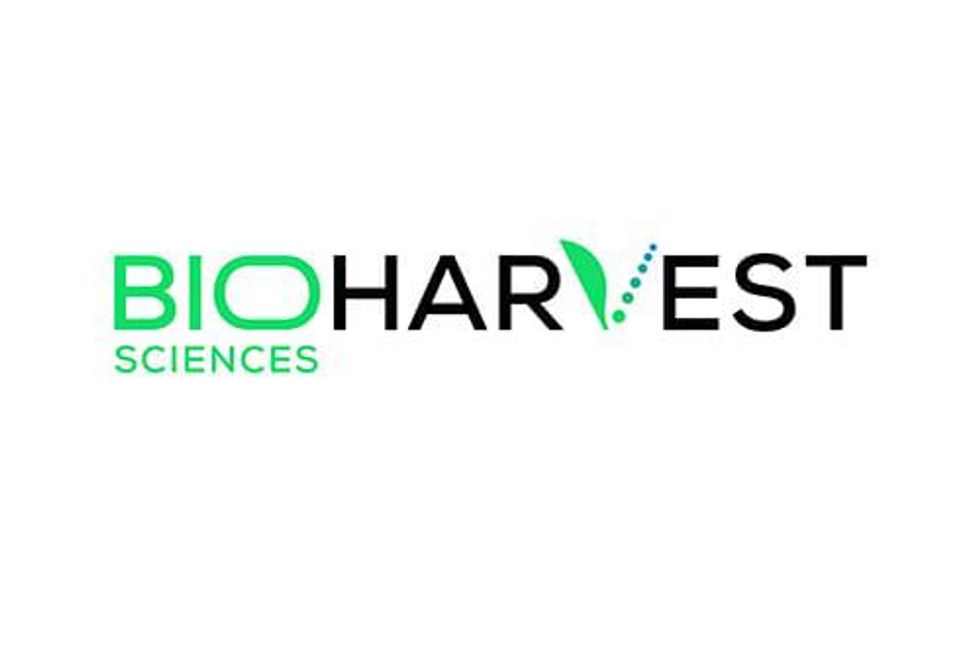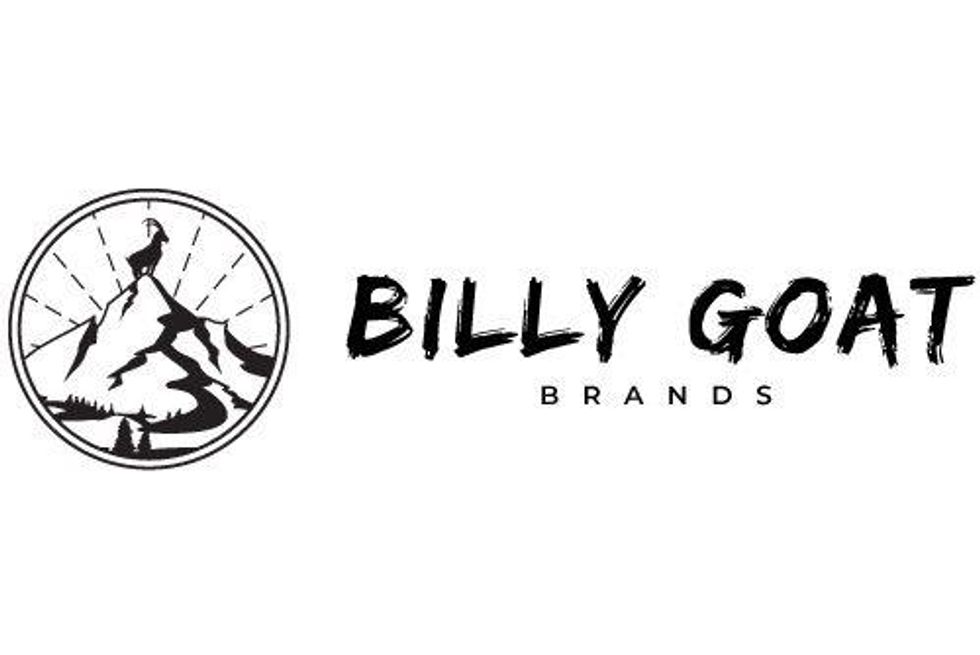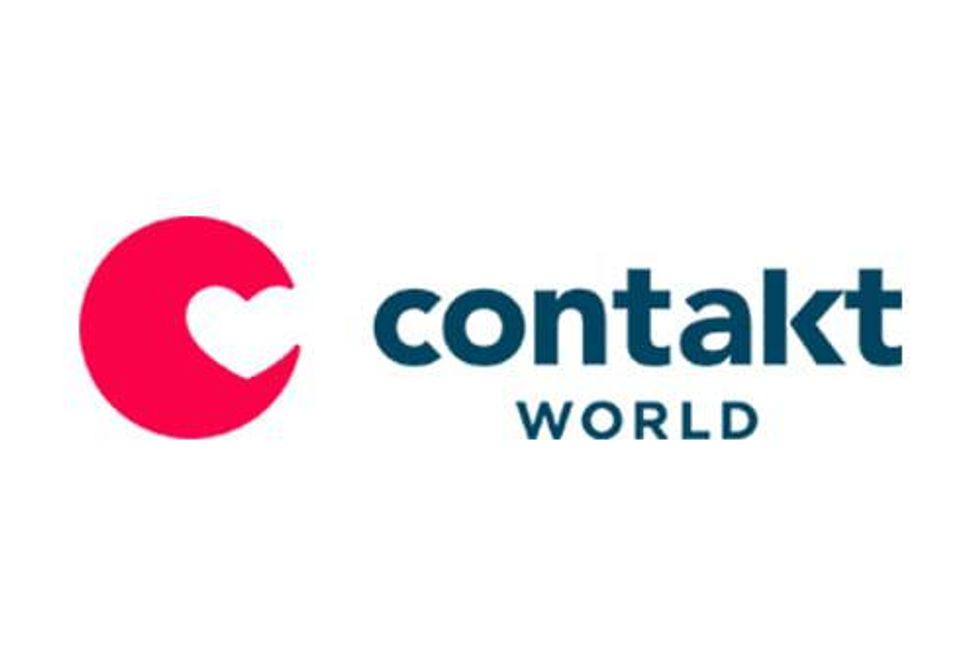Sustainable Packaging: Increasing Demand for Natural Solutions

As the packaging sector continues to grow, finding a cost-effective, scalable and environmentally safe option for packaging materials is paramount.
We only have one planet — and until recently we've done a poor job taking care of it.
The packaging industry is one of the sectors in which this is most evident. With a projected market size of US$1.13 trillion by 2030, it also represents one of the most significant sources of pollution in the world. Globally, we produce roughly 380 million tons of plastic per year. Single-use items such as grocery bags, bottles and packaging represent around 50 percent of that number.
To put this into context, the plastic waste produced by soft drink companies could cover 83 football fields a day, and the pollution footprint of packaging is at least as bad.
Less than 9 percent of plastic waste is ever recycled. The rest either winds up in landfills or dumped into the ocean, the latter of which amounts to at least 14 million tons annually. At our current trajectory, if something is not done it has been predicted that there will be more plastic in our oceans than fish by 2050.
The problems with plastic packaging
Currently, plastic comprises nearly 80 percent of all marine debris, from surface waters to deep-sea sediments. This pollution is devastating to oceanic ecosystems, killing as many as 100 million marine animals every year. Humans are not immune to the effects of this either.
Plastic pollution represents a significant threat to food quality and safety. You've probably consumed some yourself without realizing it. Fish in the North Pacific, for instance, ingest up to 14,000 tons of plastic a year and humans consume an estimated 40 pounds of plastic in their lifetime.
Research into the impact this may have on human health is ongoing.
It's not just oceanic pollution that traditional packaging contributes to, either. In addition to accounting for 96 percent of the particulate matter health footprint, plastic also has a massive carbon footprint. From 2019 to 2050, it's been predicted that emissions from plastic production and incineration will account for an estimated 56 billion tons of carbon — nearly 50 times the annual emissions of all coal power plants in the United States in just 31 years.
"The real story of plastics' impact on the environment begins at the wellheads where it comes out of the ground," Carroll Muffet, head of the Center for International Environmental Law, told NPR. "Plastics are among the most energy-intensive materials to produce. The plastics crisis is a climate crisis hidden in plain sight."
Exacerbating the issue is the fact that numerous countries simply lack the infrastructure to effectively curb plastic pollution. The pervasive lack of sanitary landfills, incineration facilities and recycling capacity only further contributes to plastic waste leakage.
Plastic is also significantly more expensive than many realize, even if businesses don't always bear the upfront expense. According to the World Wildlife Fund, the total societal cost of plastic production in 2019 was US$3.7 trillion. This is expected to increase to US$7.1 trillion by 2040.
To help address this issue, Billy Goat Brands (CSE:GOAT,OTCQB:BGTTF,FWB:26B) recently joined SeaLegacy’s Good Ocean movement. This non-profit organization partners with projects that conserve the ocean’s wellbeing and promote an equitable planet. SeaLegacy and its two co-founders have a reach of over 10 million individuals via their social media platforms of choice.
A venture capital firm with a focus on the ocean economy and environmental, social and governance initiatives, Billy Goat Brands joins the chorus of investors and entrepreneurs actively seeking to protect the environment, both now and in the future.
Safeguarding the ecosystem, one package at a time
Plastic is cheap and abundant. This is one of the reasons it has become so ubiquitous as a packaging material. And cost is also the core reason driving most businesses' hesitancy to consider an alternative.
Yet the price of switching to sustainable packaging is largely overblown. For one, roughly 74 percent of consumers across the United States, Europe and South America are willing to pay more for sustainable packaging. Nearly one quarter of those would be willing to accept a price increase of 10 percent or more.
It's been estimated that major brands could save at least US$11.4 billion a year simply by incorporating recycling into their packaging choices, and the global sustainability market is expected to reach US$41.62 billion by 2028.
Sustainable alternatives to plastic packaging would also reduce reliance on fossil fuels and save considerable energy. Several countries are also either considering or actively promoting tax incentives for businesses that practice sustainability. Finally, increased demand for plastic alternatives will naturally lower their cost as production scales up.
And there are already many such alternatives on the market, from simple recycled materials and corrugated cardboard to cellulose to glassine.
Evanesce is an excellent example of the investment potential of these alternatives. Evanesce has created a range of compostable, plant-based products, ranging from food cups and cutlery to meal trays. Its innovative molded starch technology can be shaped into anything from takeout containers to meal trays.
Products made from this material are leak-proof, freezer-friendly, toxin-free, grease-resistant and capable of safely storing foods for up more than two weeks. Evanesce also produces biopolymer serviceware as a cost-effective, eco-friendly alternative to single-use plastics. The company currently has three patents granted, one patent pending and 17 other claims slated to reach the market this year.
Ecovative Design is another major sustainability player with its mushroom packaging. Created by growing mycelium together with agricultural matter, it is completely home and marine compostable and grows to shape in only seven days with no processing required. More importantly, it costs a fraction of the price of traditional foam packaging.
Similar to Ecovative Design's mushroom packaging, KTM Industries’ Green Cell Foam is made from US-grown corn. Intended as a replacement for polystyrene, polyurethane and polyethylene packaging, Green Cell Foam dissolves in water for easy disposal. It is also fully compostable.
It isn't just startups getting involved in this market, either.
Packaging manufacturer Sealed Air (NYSE:SEE) uses corrugated, molded pulp for shipments, recycling and reuse. Its other plant-based product lines include fabricated foams, forming and non-forming webs and paper mailers. Veritiv (NYSE:VRTV), another market leader, is focused on recycling sealing tape and frequently collaborates with its customers to pursue eco-friendly packaging options.
Finally, Berry Global (NYSE:BERY) uses renewable-sourced polymers in its efforts to minimize its environmental footprint.Takeaway
The global sustainability market is predicted to reach US$41.62 billion by 2028. The global packaging market is projected to reach US$1.3 trillion by 2030. Sustainable packaging rests at the intersection of these two valuable industries. This makes it an excellent opportunity for green investment portfolios that tap into growing initiatives towards carbon neutrality, and an impactful way to use your investing power for the good of the planet.
This INNSpired article was written as part of an advertising campaign for a company that is no longer a client of INN. This INNSpired article provides information which was sourced by INN, written according to INN's editorial standards, in order to help investors learn more about the company. The company’s campaign fees paid for INN to create and update this INNSpired article. INN does not provide investment advice and the information on this profile should not be considered a recommendation to buy or sell any security. INN does not endorse or recommend the business, products, services or securities of any company profiled. If your company would benefit from being associated with INN's trusted news and education for investors, please contact us.



